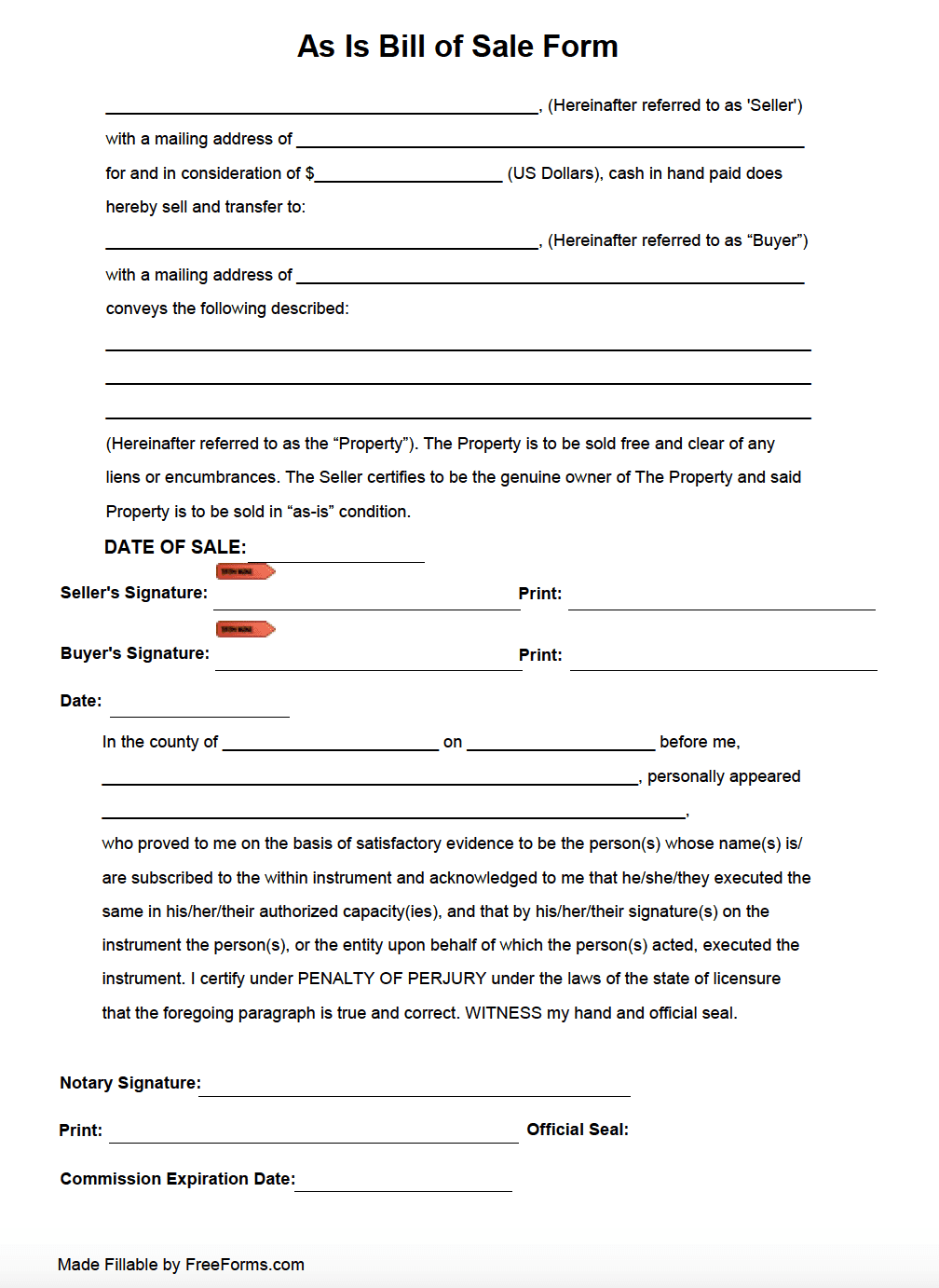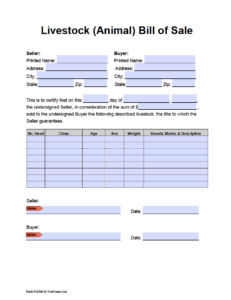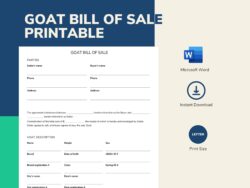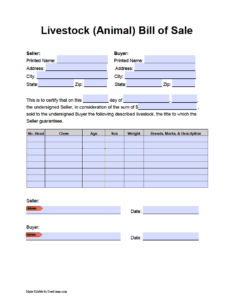Navigating the sale or purchase of an item, whether it’s a vehicle, a valuable piece of equipment, or even an animal, involves more than just exchanging money for goods. It’s about establishing a clear record of the transaction. A bill of sale is your fundamental document for this, serving as legal proof of ownership transfer and detailing the specifics of the exchange between parties.
However, what happens if the item you’ve just acquired breaks down a week later, or doesn’t perform as expected? This is where the crucial element of a warranty comes into play. Incorporating a warranty directly into your bill of sale adds an essential layer of protection and clarity. Having a dedicated warranty bill of sale template at your fingertips can make these transactions smoother, more secure, and provide peace of mind for both the buyer and the seller.
Understanding the Importance of a Warranty Bill of Sale
When you’re dealing with the transfer of property, especially anything with moving parts or a significant value, specifying the terms of responsibility after the sale is paramount. A warranty in a bill of sale isn’t just a nicety; it’s a contractual agreement that defines the seller’s promise regarding the quality, performance, or condition of the item being sold for a specified period after the sale. Without it, you might find yourself in a tricky “he said, she said” situation if an issue arises post-transaction.

There are generally two types of warranties you might encounter: express and implied. An express warranty is one explicitly stated by the seller, either verbally or in writing. This could be a guarantee that a car’s engine will last for another 10,000 miles or that an appliance will function perfectly for a year. Implied warranties, on the other hand, are unwritten guarantees that the law provides, such as the “warranty of merchantability,” which suggests an item will perform its basic function, or “warranty of fitness for a particular purpose,” meaning it’s suitable for a specific use if the buyer relies on the seller’s expertise. Conversely, an “as-is” sale explicitly disclaims all warranties.
For the buyer, a warranty is a significant safeguard. It provides recourse if the item fails to meet the promised standards or develops unforeseen defects within the warranty period. Imagine buying a used lawnmower that’s guaranteed for 90 days, and it breaks down on the first use. With a warranty in place, you have a legal basis to request repair, replacement, or a refund, depending on the terms. It offers financial protection and reduces the risk associated with a significant purchase.
But it’s not just about protecting the buyer. Sellers also benefit immensely from clearly defined warranties. By outlining the terms of the warranty, including what is covered, what isn’t, and for how long, sellers can manage expectations and limit their liability. This prevents future disputes and provides a professional framework for the transaction. It shows that you stand behind your product or item to a certain degree, while also protecting yourself from unreasonable demands or issues that arise outside the agreed-upon terms.
Key Elements to Consider in Your Warranty Bill of Sale
- **Parties Involved:** Full legal names and addresses of both buyer and seller.
- **Item Description:** Detailed description of the item being sold, including make, model, serial number, and any unique identifiers.
- **Purchase Price:** The agreed-upon selling price and method of payment.
- **Warranty Statement:** A clear and unambiguous declaration of the warranty being offered.
- **Duration:** The specific period the warranty will be in effect (e.g., 30 days, 6 months, 1 year).
- **Scope of Coverage:** What exactly is covered by the warranty (e.g., engine, transmission, specific components).
- **Exclusions:** What is NOT covered by the warranty (e.g., wear and tear, misuse, accidental damage).
- **Remedies:** What action the seller will take if a defect arises within the warranty period (repair, replace, refund).
- **”As-Is” Clause (if applicable):** If no warranty is offered, a clear statement that the item is sold “as-is” with no warranties implied or expressed.
- **Signatures and Date:** Signatures of both parties and the date of the transaction.
How a Warranty Bill of Sale Template Simplifies Your Transactions
Think about the time and effort it would take to draft a comprehensive bill of sale with detailed warranty clauses from scratch every time you buy or sell something significant. It’s not just tedious; it also opens the door for critical omissions or legal oversights. This is precisely where a good warranty bill of sale template becomes an invaluable asset. It provides a pre-formatted structure, ensuring that all necessary information, particularly concerning warranties, is included consistently and accurately.
Using a template eliminates the guesswork and minimizes the risk of errors. You don’t have to worry about forgetting an important clause or misstating a legal term. A well-designed template guides you through each required section, prompting you for essential details like the duration of the warranty, what specific components are covered, and what actions will be taken if a fault arises. This systematic approach ensures that your transaction is not only complete but also legally sound.
When selecting a warranty bill of sale template, look for one that is easily customizable. Every transaction is unique, and you’ll want to be able to adapt the template to fit the specific item being sold and the agreement between the parties. A good template will allow you to easily add or remove specific warranty terms, specify “as-is” conditions, or detail the exact scope of coverage. This flexibility is key to making the document truly reflective of your agreement without having to recreate it from scratch each time.
Ultimately, having a reliable template at hand provides significant peace of mind. For buyers, it means clear understanding of the protections they are receiving. For sellers, it ensures they have documented their obligations and limitations clearly, reducing the likelihood of future disputes or misunderstandings. It transforms a potentially complex transaction into a straightforward, transparent process, solidifying the agreement and protecting the interests of everyone involved.
Adopting the practice of using a comprehensive bill of sale, especially one that clearly outlines warranty terms, elevates the professionalism and security of your transactions. It removes ambiguity, establishes clear expectations, and provides a documented record that can be invaluable should any questions arise down the line. It’s a foundational step towards transparent and trustworthy dealings, no matter the item changing hands.
By ensuring that every significant transaction is underpinned by such a thorough document, you’re not just completing a sale; you’re building a foundation of clarity and protection for both parties. This commitment to detail ultimately fosters greater confidence and a more secure environment for all your future purchases and sales.



